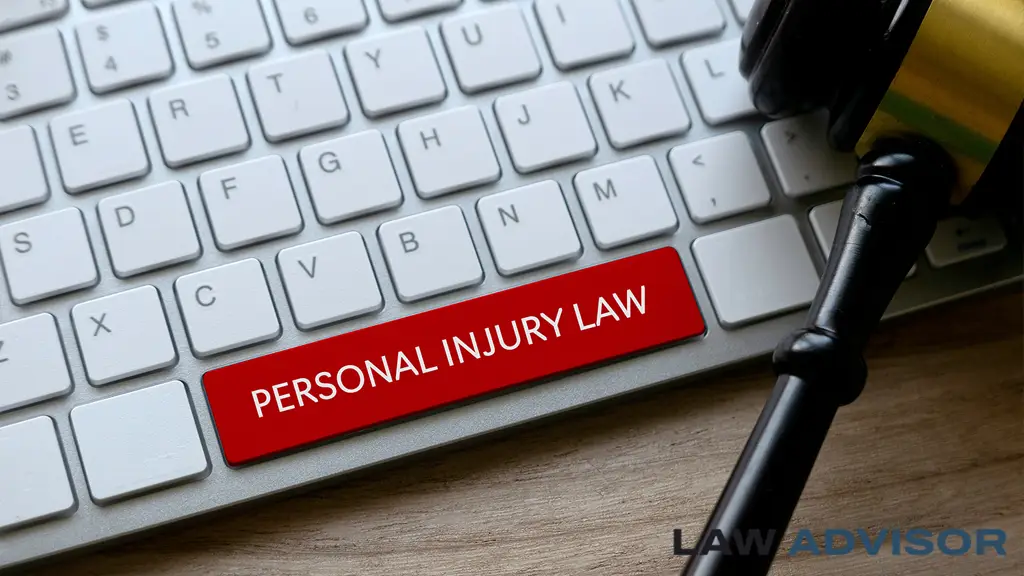When someone is injured due to another person’s negligence—whether it’s from a car accident, slip and fall, or medical malpractice—they may have the right to seek financial compensation for their losses. But one crucial factor in pursuing a personal injury claim is understanding the statute of limitations. This legal concept determines the amount of time a person has to file a lawsuit after an injury occurs.
Failing to file a claim within this time frame typically results in losing the right to seek compensation altogether. Because these deadlines vary by state and by case type, it’s essential for injury victims to know their rights and the legal deadlines that apply.
In this article, we’ll break down what the statute of limitations is, why it exists, how it affects personal injury cases, and offer a comprehensive list of time limits by U.S. state. This guide will help you understand the legal landscape and the importance of acting quickly after an injury.
What Is the Statute of Limitations?
The statute of limitations is a law that sets the maximum time after an event within which legal proceedings may be initiated. For personal injury claims, this usually starts from the date the injury occurred, or from when it was discovered or should have reasonably been discovered.
Once the deadline passes, courts will generally refuse to hear your case, and you may permanently lose your right to sue the at-fault party. There are some exceptions, but these are typically limited and vary by jurisdiction.
Why Do Statutes of Limitations Exist?
Statutes of limitations are designed to:
- Ensure fairness by preventing the indefinite threat of legal action
- Encourage timely resolution of claims while evidence and witness memories remain fresh
- Protect potential defendants from outdated or fraudulent claims
For injury victims, these laws emphasize the importance of acting promptly to protect their legal rights.
Statute of Limitations for Personal Injury Claims: A State-by-State Breakdown
While personal injury claims generally have a limitation period of 1 to 6 years depending on the state, these deadlines vary widely. Below is a summary of statutes of limitations for personal injury lawsuits in each U.S. state.
1-Year Statutes of Limitations
- Kentucky
- Louisiana
- Tennessee
2-Year Statutes of Limitations
- Alabama
- Arizona
- California
- Illinois
- Indiana
- Ohio
- Pennsylvania
- Texas
- Virginia
- West Virginia
3-Year Statutes of Limitations
- Arkansas
- Colorado
- Maryland
- Massachusetts
- Michigan
- Mississippi
- Missouri
- Montana
- New Hampshire
- New Mexico
- North Carolina
- South Carolina
- Vermont
- Washington
4-Year Statutes of Limitations
- Florida
- Nebraska
- Wyoming
5-Year Statutes of Limitations
- Iowa
- Kansas
- Missouri (some cases)
6-Year Statutes of Limitations
- Maine
- Minnesota
- North Dakota
Exceptions to the Statute of Limitations
There are several circumstances where the statute of limitations might be paused or extended:
- Discovery Rule: If the injury wasn’t discovered immediately (as in medical malpractice cases), the statute may start from the date of discovery.
- Minors: If the injured person is a minor, the clock may not start until they turn 18.
- Mental Incapacity: If the victim is legally incapacitated, the clock may pause until competency is restored.
- Defendant Out of State: If the defendant leaves the state, the limitation period may pause until they return.
These exceptions are highly specific and vary by state law, so it’s essential to consult a personal injury attorney familiar with local regulations.
Why It’s Important to File a Claim on Time
Missing a statute of limitations deadline can have serious consequences:
- Case Dismissal: Courts typically dismiss cases filed after the limitation period expires.
- Loss of Compensation: You lose the right to recover damages, no matter how strong your claim.
- Weakened Evidence: Waiting too long can lead to lost evidence, fading memories, and untraceable witnesses, harming your case.
Acting quickly not only preserves your legal rights but also strengthens your case’s chances for success.
Tips for Protecting Your Rights After a Personal Injury
If you’ve been injured, here’s what you should do immediately to protect your claim:
- Seek Medical Attention: Prioritize your health and create a record of your injuries.
- Document the Incident: Gather evidence, including photos, witness contact details, and police or incident reports.
- Consult a Personal Injury Attorney: Legal advice early on ensures you understand your state’s deadlines and options.
- File the Claim Promptly: Avoid unnecessary delays in submitting insurance claims or legal notices.
- Track All Expenses: Keep records of medical bills, lost wages, and other related expenses.
How a Personal Injury Lawyer Can Help
Navigating personal injury laws and statutes of limitations can be complex. A qualified personal injury lawyer can:
- Review your case and determine applicable deadlines
- Investigate and gather supporting evidence
- Negotiate with insurance companies for fair settlements
- File a lawsuit on your behalf before the deadline expires
Final Thoughts
The statute of limitations is one of the most critical deadlines in personal injury law. Knowing your state’s time limits and acting quickly after an accident can mean the difference between receiving compensation and permanently losing your legal rights.
If you or a loved one has been injured due to someone else’s negligence, don’t delay. Seek legal advice immediately to protect your rights and secure the justice you deserve.










